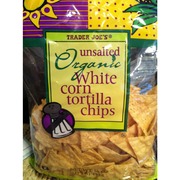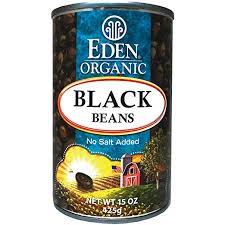Meat and Poultry
Fresh chicken, turkey, beef and pork have 22 to 27 grams of protein per 3-ounce serving, and they are low in sodium.
Processed meats, such as bacon, hot dogs, sausage and bologna, can have 300 to 600 milligrams of sodium per serving, although lean processed meats are still good sources of protein. A 3-ounce serving of cured ham has 1,023 milligrams of sodium and 18 grams of protein. Choose lean unprocessed meats and poultry, and roast, stew or grill them without salty seasonings.
Seafood
Fish and shellfish are high in protein, and many varieties are low in sodium. A 3-ounce serving of cooked fresh halibut, salmon or other fresh fish has about 19 grams of protein and 70 milligrams of sodium.
Clams are low-sodium, but some seafood, such as lobster, oysters and shrimp, is higher in sodium. Processed seafood can be higher in sodium due to added salt. An ounce of canned anchovies has 1,040 milligrams of sodium, a 3-ounce portion of canned tuna in water has 320 milligrams of sodium, and a 3-ounce serving of canned salmon has 420 milligrams of sodium.
Soy Products
Soybeans are nearly sodium-free, and a quarter cup of roasted soybeans, or soynuts, provides 9 grams of protein.
A half cup of tofu supplies 10 to 20 grams of protein, depending on how it's prepared, with only 20 milligrams of sodium.
Soy milk and yogurt are also good choices. Soybeans roasted with salt and vegetarian meat substitutes, such as soy-based burgers and vegetarian sausages, can be high in sodium.
The way you prepare food affects its sodium content. Salt contains 2,325 milligrams of sodium per teaspoon, so limit the amount that you add during cooking and at the table.
Be aware of sodium from sauces and seasonings, such as soy sauce, salad dressings, marinades and sauces.
When possible, choose unsalted and low-sodium varieties, such as low-sodium cheese, low-sodium canned beans and light soy sauce. Read the nutrition labels on packages of processed foods to determine their sodium and protein contents.



